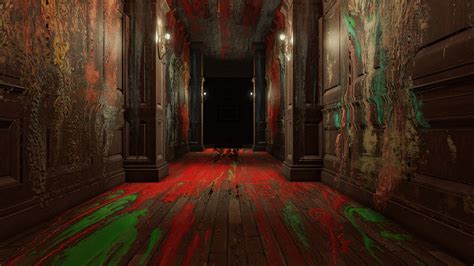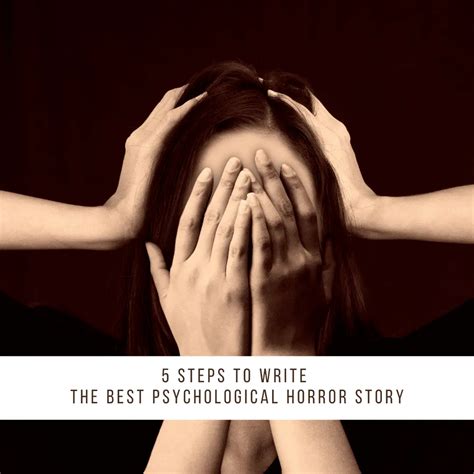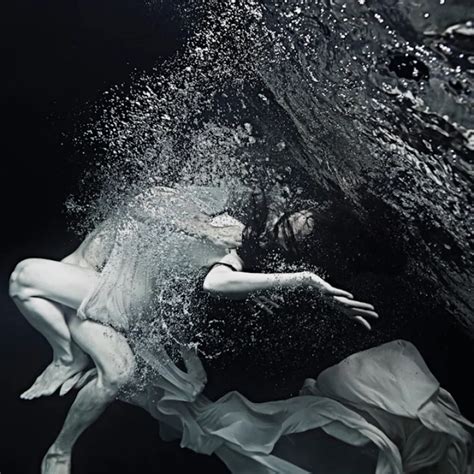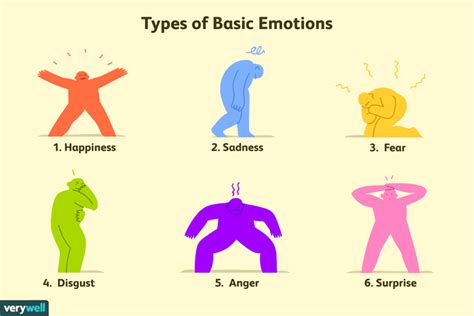Breaking News


Popular News


Discover how horror games have evolved to create immersive, fear-inducing experiences through immersive technology, psychological elements, and audio-visual scares. Experience the impact on player emotions.Are you a fan of horror games? Have you ever wondered about the psychology behind the fear that these games evoke? In this blog post, we will explore how horror games have pushed the boundaries of fear in the gaming world. From the evolution of the genre to the impact of immersive technology, these games continue to innovate and leave players on the edge of their seats. We will also delve into the use of psychological horror elements and the exploration of fear-inducing environments. Additionally, we will examine the integration of audio-visual scares and their effect on player emotions and experiences. So, if you’re ready to delve into the spine-chilling world of horror games, buckle up and get ready for a thrilling journey through the psychology of fear in gaming.
Contents

Horror games have come a long way since their inception, evolving from simple 2D side-scrollers to intricate, immersive experiences that push the boundaries of fear in gaming. One of the earliest horror games, Alone in the Dark, paved the way for the genre by introducing 3D environments and pre-rendered backgrounds, creating a more realistic and terrifying experience for players.
As technology advanced, so did the horror game genre. The introduction of virtual reality (VR) technology has allowed for even more immersive experiences, putting players directly into the terrifying worlds of their favorite horror games. The use of VR has also enabled developers to explore new ways of invoking fear, such as using spatial audio to create a more realistic and unsettling atmosphere.
The evolution of the horror game genre has also seen the integration of complex storytelling and psychological horror elements, making the fear-inducing experiences more than just jump scares. Games like Silent Hill and Amnesia: The Dark Descent have focused on creating a sense of dread and unease through their narratives and environments, challenging players to confront their deepest fears in ways that were previously unimaginable.
With each new innovation in technology and storytelling, the horror game genre continues to push the boundaries of fear in gaming, constantly evolving to deliver more intense and immersive experiences that leave players on the edge of their seats.

Immersive technology has completely transformed the way we experience horror games. With the introduction of virtual reality (VR) and augmented reality (AR), players are now able to fully immerse themselves in the terrifying environments of horror games. The ability to have a 360-degree view of the game world, combined with realistic sound effects and visual elements, creates a sense of presence and fear like never before.
Furthermore, immersive technology allows for a more interactive experience, where players can physically move and interact with the game environment. This level of interaction heightens the feeling of vulnerability and fear, as players feel like they are truly part of the horror setting, rather than just controlling a character on a screen.
Additionally, the use of immersive technology in horror games has led to innovative gameplay mechanics, such as using motion controllers to fend off virtual monsters or solve puzzles in a way that feels incredibly realistic and intense. These advancements in technology have pushed the boundaries of fear in gaming, creating experiences that are unparalleled in their ability to terrify and thrill players.

The use of psychological horror elements in video games has become increasingly popular in recent years. Game developers are constantly finding new ways to create fear and unease in players through the use of unsettling and disturbing psychological elements. By tapping into the subconscious fears and anxieties of the players, these games are able to create a truly terrifying experience.
One common technique used in psychological horror games is the manipulation of the player’s perception of reality. These games often blur the lines between what is real and what is imagined, leaving players feeling disoriented and vulnerable. This can be achieved through the use of unreliable narrators, shifting environments, and distorted visuals.
In addition to playing with the player’s sense of reality, psychological horror games also delve into deeply unsettling themes such as insanity, paranoia, and existential dread. By exploring these dark and disturbing concepts, these games are able to evoke a deep sense of unease and discomfort in players, making for an incredibly intense gaming experience.
The use of psychological horror elements in video games not only pushes the boundaries of fear in gaming, but also showcases the incredible potential of the medium to elicit strong emotional responses from players.

One of the most effective ways that horror games push the boundaries of fear in gaming is through the use of fear-inducing environments. These environments are carefully crafted to create an atmosphere of dread and tension that immerses players in a world of terror. Whether it’s a dilapidated asylum, a haunted house, or a fog-shrouded forest, these environments are designed to make players feel vulnerable and unsettled, heightening the sense of fear and anxiety.
From the dimly lit corridors of an abandoned hospital to the claustrophobic tunnels of an underground bunker, the variety of fear-inducing environments in horror games is vast and diverse. Each location is meticulously designed to instill a sense of unease and apprehension in players, ensuring that they are constantly on edge as they navigate through the game world.
In addition to the visual design of fear-inducing environments, audio plays a crucial role in intensifying the sense of fear. The eerie sound of footsteps echoing in an empty hallway, the distant sound of a blood-curdling scream, or the ominous creaking of floorboards all contribute to the overall atmosphere of dread and suspense, further immersing players in the harrowing experience.
Furthermore, the integration of interactive elements within these environments, such as hidden doorways, flickering lights, and sudden environmental changes, adds another layer of unpredictability and terror, keeping players constantly on edge and uncertain of what horrors may lurk around the next corner.

How Horror Games Push the Boundaries of Fear in Gaming
When it comes to horror games, the use of audio-visual elements is crucial in creating an immersive and terrifying experience for players. The integration of audio-visual scares involves the use of haunting sound effects, eerie music, and visually disturbing images to evoke fear and unease. These elements play a significant role in setting the tone and atmosphere of the game, as well as heightening the sense of dread and apprehension for the player.
One of the key aspects of integrating audio-visual scares in horror games is the use of dynamic sound design. This includes the utilization of surround sound, spatial audio, and realistic sound effects to create a sense of presence and immersion for the player. The use of binaural audio, where sounds are recorded with two microphones to mimic natural human hearing, can also make the experience more unsettling and realistic.
Furthermore, the use of audio-visual scares in horror games extends to the visual representation of fear-inducing elements. This can involve grotesque character designs, unsettling environments, and disturbing imagery that are designed to elicit a strong emotional response from the player. The use of lighting, shadows, and visual effects also play a crucial role in creating a foreboding and ominous atmosphere.
| Integration of Audio-Visual Scares |
|---|
| Dynamic sound design |
| Utilization of surround sound |
| Binaural audio |
| Visual representation of fear-inducing elements |
| Use of lighting, shadows, and visual effects |

Horror games have a significant impact on player emotions and experiences, as they are designed to immerse the player in a terrifying and unsettling environment. The use of audio-visual scares, fear-inducing environments, and psychological horror elements all contribute to creating an experience that evokes fear and anxiety in the player.
Players often find themselves deeply engrossed in the game, feeling a range of emotions such as fear, paranoia, and unease. The intense and immersive nature of horror games can lead to heightened emotional responses, as players become fully invested in the game’s atmosphere and narrative.
Furthermore, the evolution of the horror game genre has pushed the boundaries of fear in gaming, with advancements in technology allowing for more realistic and immersive experiences. The integration of immersive technology has amplified the impact of horror games, making them even more effective in eliciting strong emotional reactions from players.
Overall, horror games have a profound effect on player emotions and experiences, creating an intense and memorable gaming experience that can linger long after the game is over.

What makes horror games different from other genres?
Horror games are unique in that they are designed to evoke fear and create an atmosphere of dread. They often use elements such as darkness, isolation, and suspense to immerse players in a terrifying experience.
Why do people enjoy playing horror games?
Many people enjoy the adrenaline rush and immersive experience that horror games provide. The feeling of being scared in a safe environment can be thrilling for some players.
What are some popular horror games that have pushed the boundaries of fear?
Games like Silent Hill, Resident Evil, and Amnesia: The Dark Descent are often cited as groundbreaking titles that have raised the bar for fear-inducing gameplay.
How do horror games impact the gaming industry?
Horror games have a significant influence on the gaming industry by inspiring new innovations in gameplay, storytelling, and visual effects. They also attract a dedicated fan base that drives demand for more horror titles.
What elements make a horror game truly terrifying?
A combination of atmospheric music, realistic graphics, suspenseful storytelling, and unexpected scares can make a horror game truly terrifying for players.
Are there any psychological effects of playing horror games?
Some research suggests that playing horror games can increase heart rate and adrenaline levels, leading to a sense of heightened alertness and fear. However, the long-term psychological effects are still a topic of debate.
How have advancements in technology improved the horror gaming experience?
Advancements in graphics, sound design, and virtual reality have allowed developers to create more immersive and realistic horror experiences, intensifying the fear factor for players.